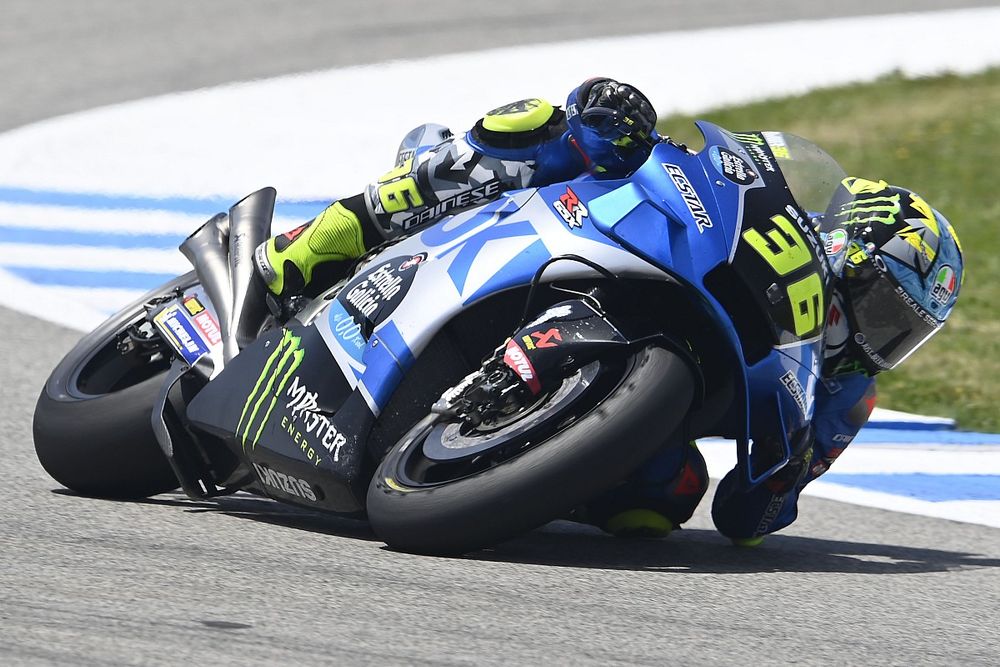- May 3, 2022
The charm of MotoGP is decreasing due to lesser overtakes

Here’s an interesting fact regarding yesterday’s Spanish Grand Prix in Jerez: there would have been only one overtaking manoeuvre among the top seven after the first of the 25 circuits if it hadn’t been for Marc Márquez.
Three of the other four passes were started by Márquez. He finally slipped inside at Turn 5 after 21 laps of pursuing Jack Miller’s Ducati and unable to find a way past, but then lost the front at the last corner. Aleix Espargaró blocked Miller and then surged by Márquez, who was saving a crash with his left knee and elbow at the time. With four laps to remaining, Márquez made the fourth and final pass on Miller at Turn 8.
That was the end of it. Was the race dull? Not exactly, because the race between leaders Pecco Bagnaia and Fabio Quartararo was tense the entire time, and the duel for third place had its moments as well.
However, the race reinforced what many riders have been saying recently: that overtaking in MotoGP is becoming increasingly difficult, resulting in fewer passing manoeuvres. And wasn’t that why MotoGP was always a better show than Formula One automobile racing — because there were so many clashes, with riders swapping places?
I recently studied changes in position among the top three drivers at five different circuits between 2017 and 2021, and discovered a 25% decrease in overtakes.
“With the aerodynamics, the rear devices, and all these things, it’s even more difficult to pass now in MotoGP,” Márquez stated on Friday in Jerez. “Normally, when you take a position in a race, you stay there.” Dorna, the proprietors of MotoGP, has spent the last dozen years changing the technical rules to close the gap between the quickest and slowest bikes by making all the bikes essentially the same, with 81mm-bore four-cylinder engines, common electronics, and common tyres. Because the distance is now much, much narrower than it has ever been, the race is now far closer than it has ever been.
But there isn’t nearly as much overtaking as there was a few years ago, because the bikes are getting too good – they’re utilising a lot of downforce aero, shapeshifters, and the factories have figured out the spec software, among other things.
Improved torque-demand maps, wings, and shapeshifters help the bikes accelerate faster, but the more skilled riders have a hard time making up the difference exiting bends to gain speed down the straights. The wings also make the bikes more stable on the brakes, allowing riders to brake later, making overtaking increasingly difficult. Take a look at the extended fight between Márquez, Espargaró, and Miller. They were racing lap after lap, nose to tail, but neither of them could break away until the last few laps.
Some MotoGP fans want to see unrestricted technology so they may marvel at the work of brilliant engineers who develop downforce aero, shapeshifters, and other cutting-edge innovations. Others prefer to watch bloody brawls. You don’t need me to tell you who has the most supporters. As a result, this is a dilemma for Dorna, who wants thrilling races to get people to turn on their televisions and increase income.
So, Dorna, what should she do? I’m no expert, but I think they should get Corrado Cecchinelli, MotoGP’s director of technology, to work on CFD (computer-flow dynamics) programmes and in wind tunnels, trying to develop new aero rules that allow for extreme differences in downforce. However, it is possible that this will not be ready until 2024 or 2025.
